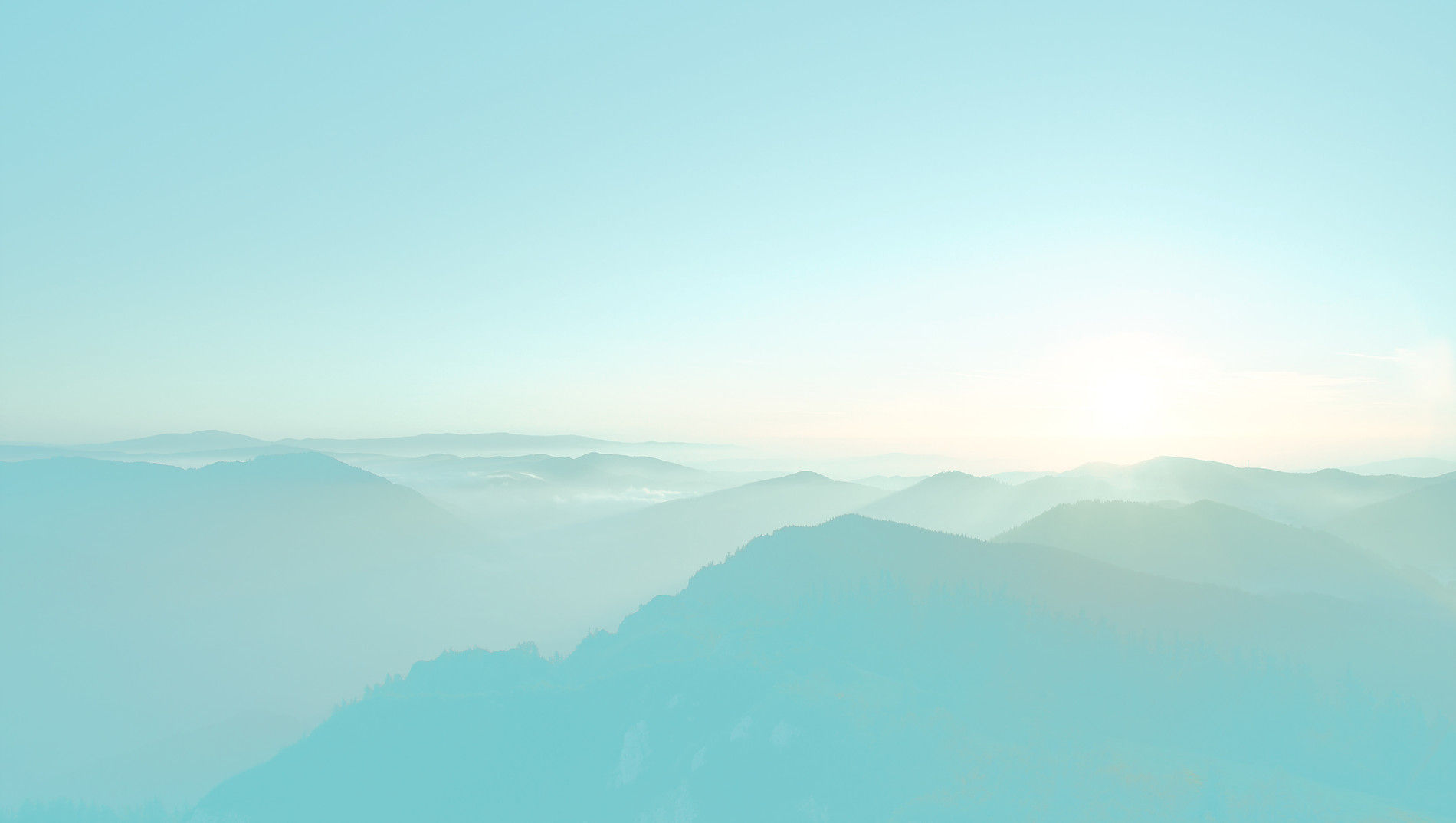The Camera Introduction
- s45476659
- Nov 4, 2021
- 2 min read
The Camera Introduction
There are different types of cameras, the first camera was a Camera Obscura 1544 means "darkened room"
What do cameras have in common
A Box (light tight)
Hole or Lens
Shutter
Film/light sensitive,electronic chip
CCD stands for Charged Coupled Device, used in image processing to store information in a controlled way. It is the digital equivalent of film, and you can use it on many different devices.
Exposure is the total amount of light that hits the film - is the amount of light which reaches your camera sensor or film. It is a crucial part of how bright or dark your pictures appear. There are only two camera settings that affect the actual “luminous exposure” of an image: shutter speed and aperture.
ISO International Standards Organization, is the light sensitivity rating of a digital image sensor. As you increase the ISO, the sensor becomes more sensitive to light, which allows it to capture more light without slowing down the shutter speed or opening up your aperture. ISO refers to the image sensor's sensitivity to light. The lower the number, the less sensitive the image sensor is to light, the higher the ISO the grainier an image become.
Bulb mode is a shutter speed option that you can select in manual mode on your camera. It allows the photographer to take a picture for as long as the shutter is pushed down, the bulb is in mode. This means the camera will keep taking a picture until your finger comes off the shutter button. It allows your shutter speed to be any length you choose – one second, one minute etc. Bulb mode is mostly used for long exposures at night, fires, streets at night as creating streaks from moving cars.
When pressing down on the camera’s shutter button bulb mode may cause camera to shake and thereby creating a blur. This is because your hands may shake, using a tripod may also cause blurry photos when using the bulb mode.
Pressing down on the camera’s shutter button in bulb mode almost always shakes the camera and introduces blur. That is simply because your hands themselves inevitably shake; even with the steadiest tripod on the market, you’re likely to get blurry photos if you use bulb mode like this.
Amount of light control by the aperture – shutter speed controlling the amount of light entering the camera, your aperture affects your shutter speed, it gives more depth of field as required in smaller aperture (higher f-stop number, f/16, f/22, etc.), but also limits the amount of light traveling through the lens.
Shutter speeds are measured in fractions of a second, when they are under a second. For example 1/4 means a quarter of a second, while 1/250 means one two-hundred-and-fiftieth of a second (or four milliseconds). You can use a longer shutter speed by using external remote triggers, such as a time lapse device.
For example, if you were taking a picture of a moving car, using a faster shutter speed will freeze the car. It depends on what you’re capturing.
The fraction ¼ lets light the longest and the least amount of light is 1/2000 (smallest number)













Comments